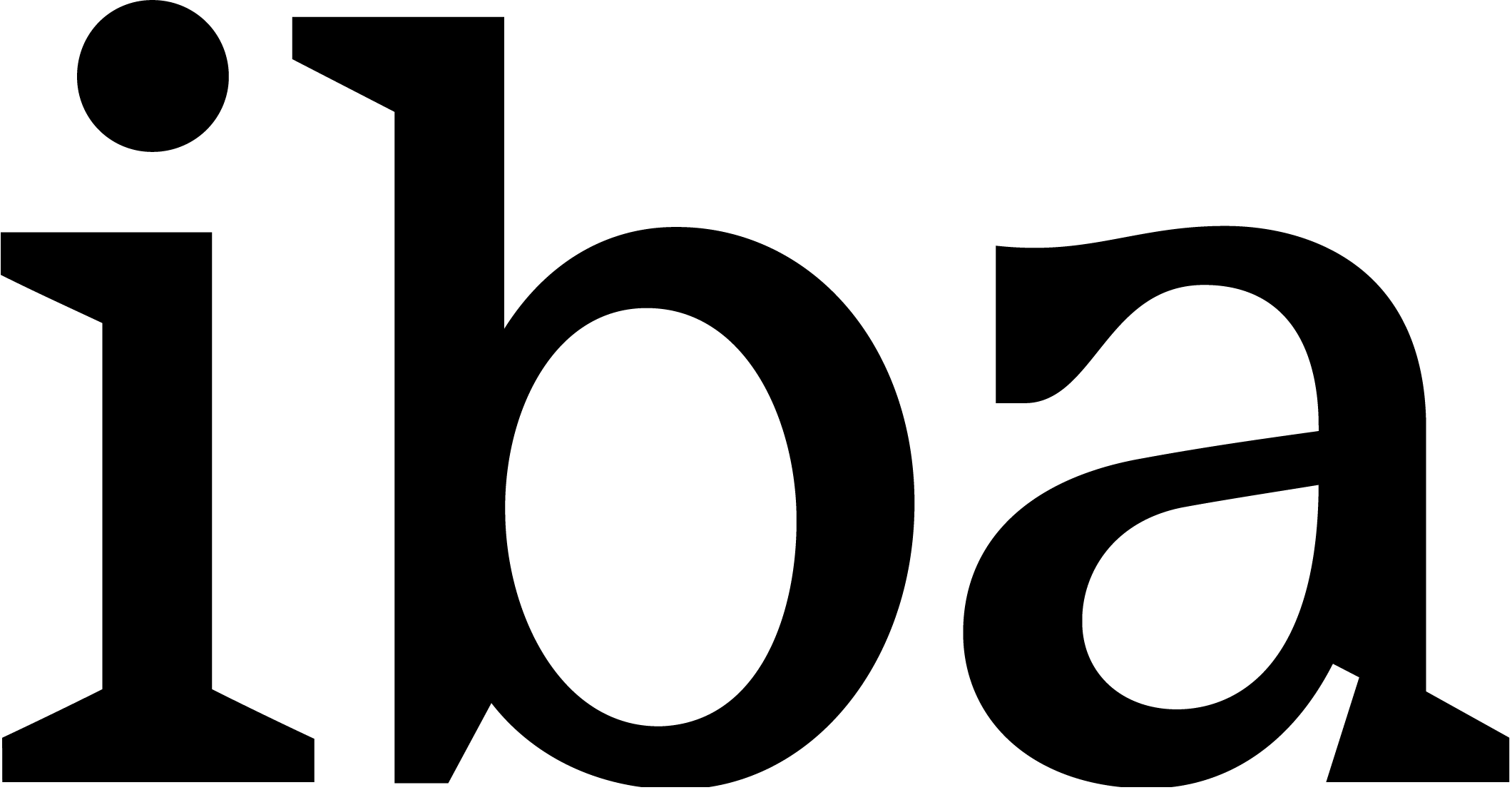SAVE THE DATE: IBA 7th General Assembly
4 November 202011th Berlin Biennale Video Walkthroughs
12 November 2020Interview with Matt Packer, Director and CEO of EVA International (www.eva.ie), and Merve Elveren, curator of the Guest Programme of the 39th EVA International, titled Little did they know (https://www.eva.ie/littledidtheyknow/).
Interview submitted on November 4th 2020
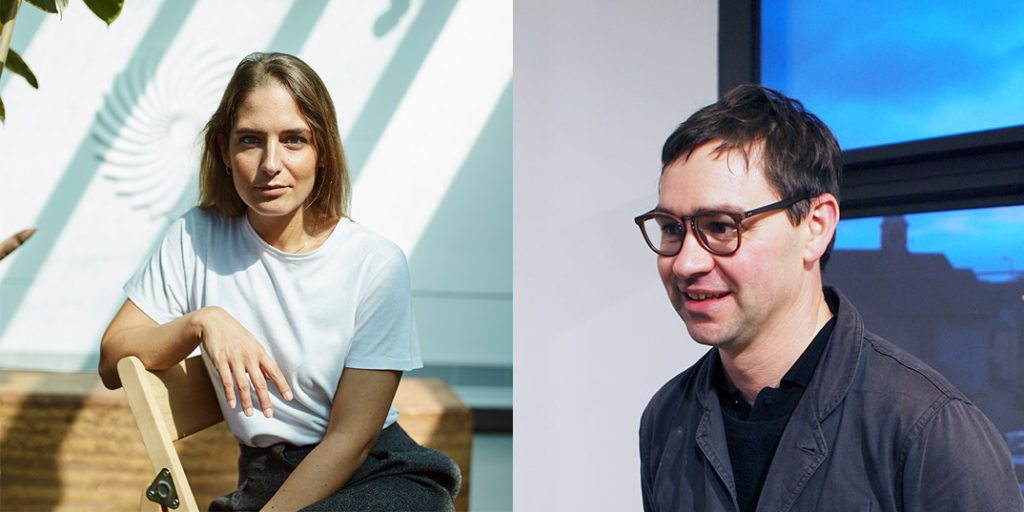
Merve Elveren (right) and Matt Packer (left). Courtesy EVA International
IBA: Can you give an account of what the situation is with your project and how the crisis affected it?
Matt Packer (MP): In April 2020 it became immediately clear that the pandemic would drastically alter our plans to deliver the 39th EVA International as a 10 week programme in Autumn 2020 as originally planned. As the scale of the crisis unfolded, site visits were being cancelled and many of our partner organisations were in the process of renegotiating their programming schedules. With less than six months ahead of the launch date, we felt that we had two choices: to postpone the biennial into 2021 or else to deliver the biennial in phases across 2020 and 2021. Through a series of discussions with Merve, the artists, the team, EVA board, and partners, we chose the latter. We opened the first phase of the 39th EVA International in September 2020 across six venues and via a dedicated website. The phased approach meant that we could still deliver on the proposal of the 39th EVA International programme, in a way that could be managed flexibly and responsively to the ongoing crisis.
Our audience and press impact were much more reduced than with previous editions of the biennial, but we anticipated this. Given the gravity of the crisis, we didn’t allow ourselves to feel disappointed. I’m very encouraged by what we were able to achieve with our relatively limited resources set against the most adverse conditions.
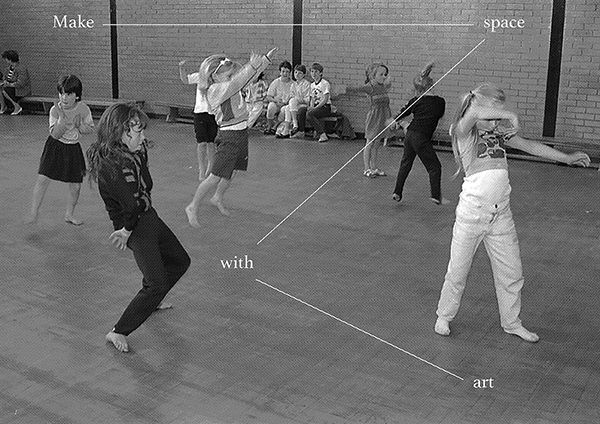
Sara Greavu (in collaboration with Ciara Phillips), It’s not for you we did it, Research dossier #2, 2020. Courtesy of the artist
IBA: Did this impact the way you chose to work with the artists (travel limitation, production issues etc) and give us a sense of how you developed a new approach?
MP: The decision to push forward with artist projects for Phase 1 of the 39th EVA International was based on a number of discussions; some of which were practical and others that were about balancing the consistency of the various channels of the biennial programme. Ahead of the 39th EVA International, EVA went through a process of revising its programme model, allowing a number of different concurrent strands to the biennial programme: a Guest Programme led by an invited international curator; Platform Commissions – an open call initiative to support new commissions by artists based in Ireland; and Partnership Projects, which are projects that are initiated by EVA in partnership with other organisations nationally and internationally. In a sense, this change of programme model which we implemented back in late 2018 was concerned more generally with building sustainability and capacity for the organisation in ways that have since become useful for us in our specific response to the pandemic.
Phase 1 included four ‘Platform Commissions’ (Emily McFarland, Aine McBride, Laura Fitzgerald, Eimear Walshe) – an initiative that we set-up in 2018 to specifically support commissioning opportunity for artists based in Ireland. These works had a relatively long development period and were works being produced in Ireland, so were therefore possible to manage within a context of limited international travel and logistics.
With the Guest Programme (Little did they know) there was also a decision to invest in a dedicated sub-site that could act as a kind of research depository for that aspect of the biennial programme. We didn’t want to go down the route of trying to translate exhibition experiences for a remote, online, audience. Instead, we saw the site as a kind of mediating portal that could also hold together a thematic consistency over all three phases of the biennial.
Merve Elveren: As Matt mentioned, Little did they know’s website, acts as a satellite platform. Instead of focusing on the works, and taking the exhibition online, it reflects—and will continue to reflect—the research behind these projects which are not always revealed. In a non-academic format, and with a quite clear blog-like layout, it delivers texts, interviews, visual diaries, documentaries on weekly basis. The website helps to extend the curatorial framework and create a coherent narrative between all three phases, but it also allows me to continue conversations with the participating artists, curators, and researchers. I believe these dialogues have become even more crucial in such crises we live in when both online and offline programming seems insufficient to respond.
Of course, COVID-19 challenged us in many ways, and we had to make adjustments in the programme, like delivering the biennial in phases and working in severe travel restrictions. However, the artists and curators invited to Little did they know all work in research or archive-based projects that require a certain criticality on how to visualize the research. So, the program can be easily scattered across different platforms and phases—as easily as it was going to initially come together under one roof. It is difficult to make predictions on how 2021 will look, but we will continue working in a responsible and process-oriented way for the upcoming phases of EVA International.
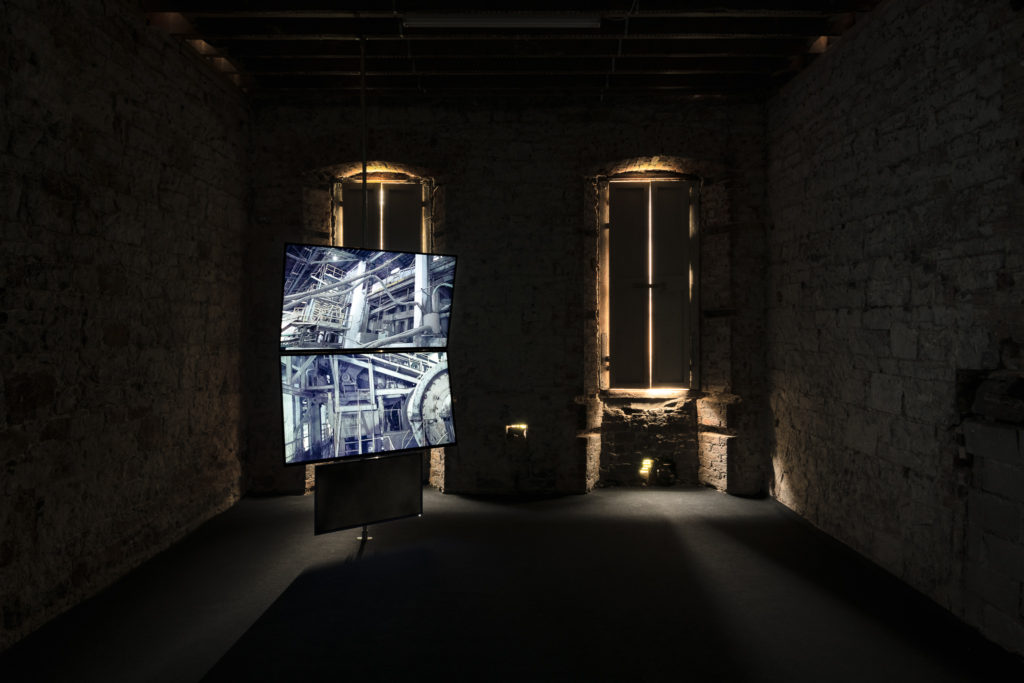
Driant Zeneli, Maybe the Cosmos is not so extraordinary, 2019, Photograph Jed Niezgoda
IBA: Can you see this not only as a challenge but also as an opportunity to strengthen your focus on your local environment? More specifically from a production perspective.
MP: Yes. In many senses, the change to a phased approach actually accelerated some changes that were already in discussion; towards an approach that could be described as less event-driven and more like a sustained platform for the commission and presentation of artists’ work. We’d already begun to recognise that our model of working (and the model of biennials more generally) risks adding precariousness to engagements with artists, our team and organisational resources (including communications efforts), not to mention environmental impacts. At EVA, we’ve started to think differently about how we could work more sustainability and developmentally across all of those areas; for instance, commissioning artists to make work in the city with an open schedule of outputs.
It’s also worth mentioning that EVA is unlike many international biennials. It wasn’t developed as a promotional tool for Limerick city or region, although it does do that to a certain extent of course. It’s always been an artist-focused organisation operating in a regional context that has been historically underserved with cultural infrastructure and opportunity. I would like to think that EVA is already on a path of building local resources (including production resources) and our phased model can further help that.
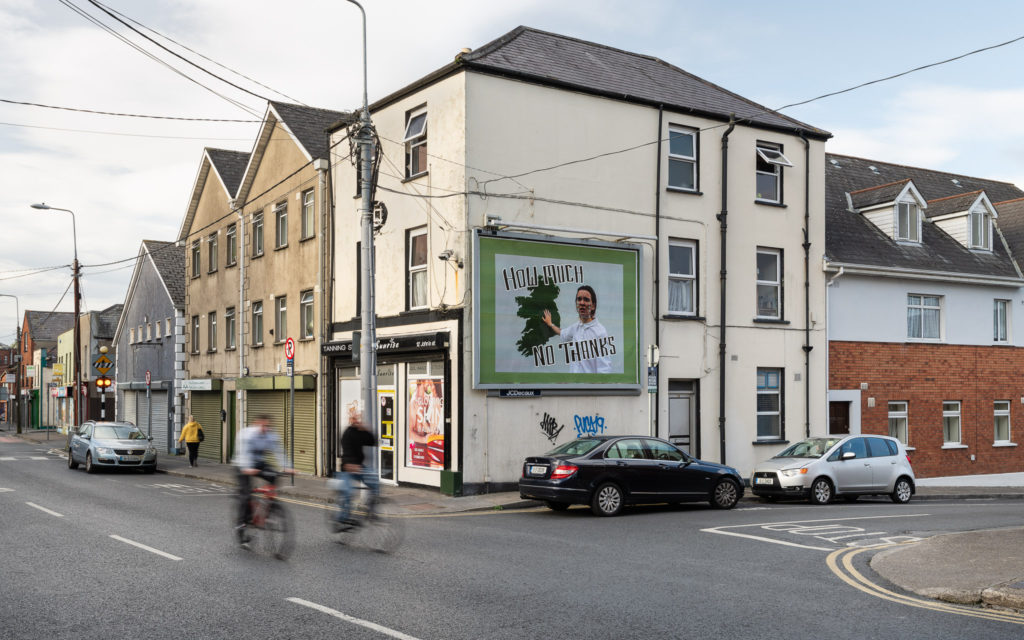
Eimear Walshe, How much no thanks, 2020, Limerick, Ireland / Photograph by Jed Niezgoda
IBA: As an institution that interacts more than others with the wider urban fabric, do you feel this can also be a moment to re-think a “neighbourhood” relationship with the audience?
MP: EVA has never really existed without that local connectivity. It’s always been a fundamental part of EVA’s history. Of course, that connectivity is not always positive and embracive, but as one of the largest events taking place in the city it’s always there as a point of traction. Limerick is an unpretentious, unassuming, and personable small city. The ‘artworld’ in any canonical or self-identified way is not really a viable position here, and that is primarily a good thing, I think. As an organisation that has struck local partnerships in the city for over 40 years (EVA has no dedicated venue), it carries with it a lot of local and personal narratives that are still very much alive in the public energy of the project.

Laura Fitzgerald, Fantasy Farming, 2020, Photograph Jed Niezgoda
IBA: Is this also an opportunity to reflect on the sustainability of the model in the long term?
MP: Yes, although we developed the phased approach in response to the particular impositions of COVID-19, we are – organisationally speaking – allowing ourselves time to learn from this approach to see what we can carry forward into the future.
We are also in close correspondence with other similarly-scaled biennials (eg. LIAF, Norway; GIBCA, Sweden) about rethinking the organisational culture of the biennial model; rethinking and rebuilding what it means to work internationally; rethinking our place and contribution within the cultural infrastructure of our respective contexts, etc.

Áine McBride, and or land, 2020, Photograph Jed Niezgoda
IBA: Can you give us an example/idea about how the IBA network represents a resource in these circumstances?
MP: It’s an exciting time to speculate on new ways of working, and the IBA network can be an important platform to share experiences and new organisational approaches.
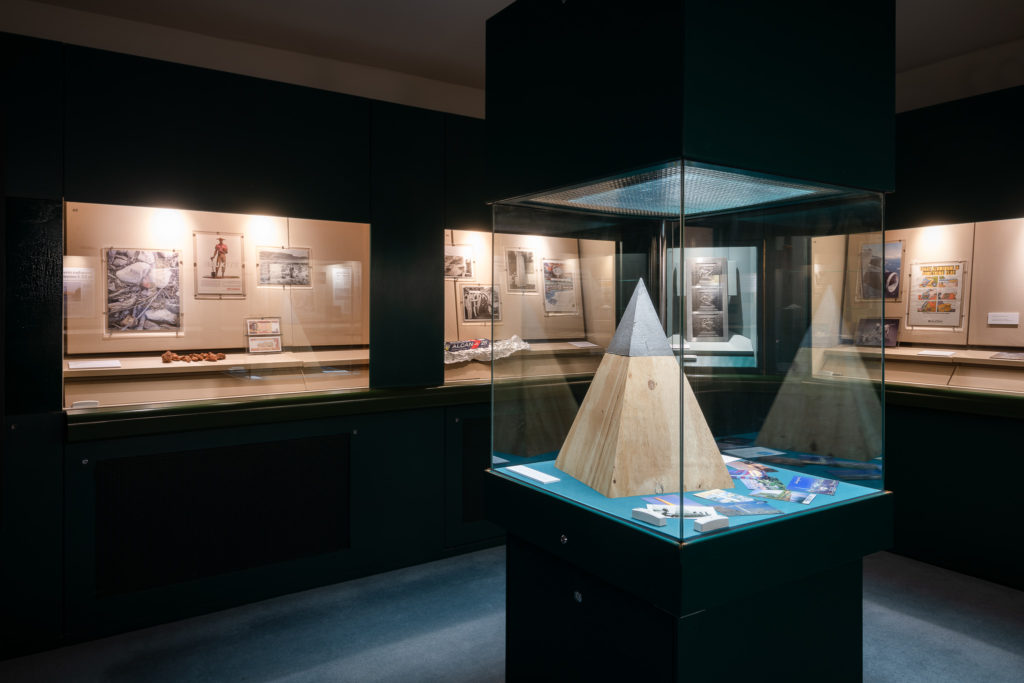
Michele Horrigan, Stigma Damages, 2011, Photograph Jed Niezgoda
IBA: Has this situation sparked a support in your region for artists/art institutions? and as a follow up have you undertaken direct measures in this sense?
MP: The impact on the ‘arts’ in their broader sense was widely reported in the mainstream press in Ireland, and the sector was quick to organise itself thanks to advocacy groups like The National Campaign for the Arts who put forward a 13-point manifesto to central government. This has helped to galvanize the sector and put it onto the top table of political discourse like never before. There’s still lots of apprehension of course, and some of this apprehension is not just about funding. The models of practice, both individual and organisational, that we built around us have been shaken up. The pieces are still in the air.
